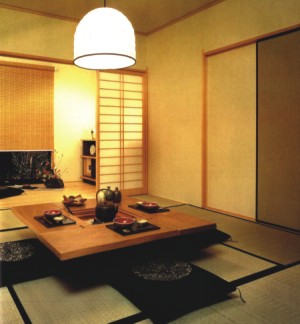the right seat-asian style
 Basic furniture pieces have remained the same for centuries. People have been using chairs, beds, cabinets and tables to meet their need to sit, lie down, store possessions and prepare and eat food. Of course, the styles of these and other pieces of furniture have changed significantly through history. In this week's feature we will discuss seating. Seating styles vary from country to country, culture to culture. This article focuses on Asian seating.
Basic furniture pieces have remained the same for centuries. People have been using chairs, beds, cabinets and tables to meet their need to sit, lie down, store possessions and prepare and eat food. Of course, the styles of these and other pieces of furniture have changed significantly through history. In this week's feature we will discuss seating. Seating styles vary from country to country, culture to culture. This article focuses on Asian seating.
The Chinese have a rich tradition in furniture. They also sit on the floor like Bengalis do. Chinese silk carpets are world famous. Decorative rosewood chairs appeared during the Ming dynasty period. The Chinese tradition of hard wood furniture was overlooked until the 1930's when the finely proportioned pieces of the Ming period were recognised as the perfect match for the minimalist Bauhaus style. Ming period pieces had little upholstery. Chairs were draped with textiles and thinly padded with cushions in colours that accorded with the status of the owner. The photos show a narrow and long stool for day time napping or playing board games. It's made of hard elm wood, with a cane top supported by arched braces on the underside. Another picture shows a Ming chair made of huanghuali wood. Its curved shape is the origin of its Western name, the “horseshoe-back” chair.
In Japan, the domestic environment is divided into two well defined areas: “outside” where one is allowed to wear shoes, and “inside” where one must go barefoot or wear indoor slippers. In traditional Japanese homes freestanding furniture is limited; only one or two low tables are used to display treasured pieces of ceramic art and to store personal effects. They spread tatami mats on the floor, where people sit and sleep on futons placed directly on the floor. Seating is provided by flat square zabuton cushions. A kettle is usually placed in the center of a low table. This is the common image of traditional Japanese houses. Even modern Western style Japanese keep a room in the traditional style.
This brings us to Bengal. Bengalis still love to sit on the floor or atop a satranji or sheetal pati or chati, and similar indigenous products. Seating made from natural and indigenous materials are greatly popular, such as cane chairs, hogla chairs or rope stools. Hogla chairs look great in the family living space while wooden rope stools looks cozy in the verandah. Great designs are not limited to one period, they survive over the years because collectors recognise and value their excellence.
By Nazneen Haque Mimi
Interior Consultant, Journeyman
Email: journeym@citechco.net
Photo Credit: Hasan Saifuddin Chandan


